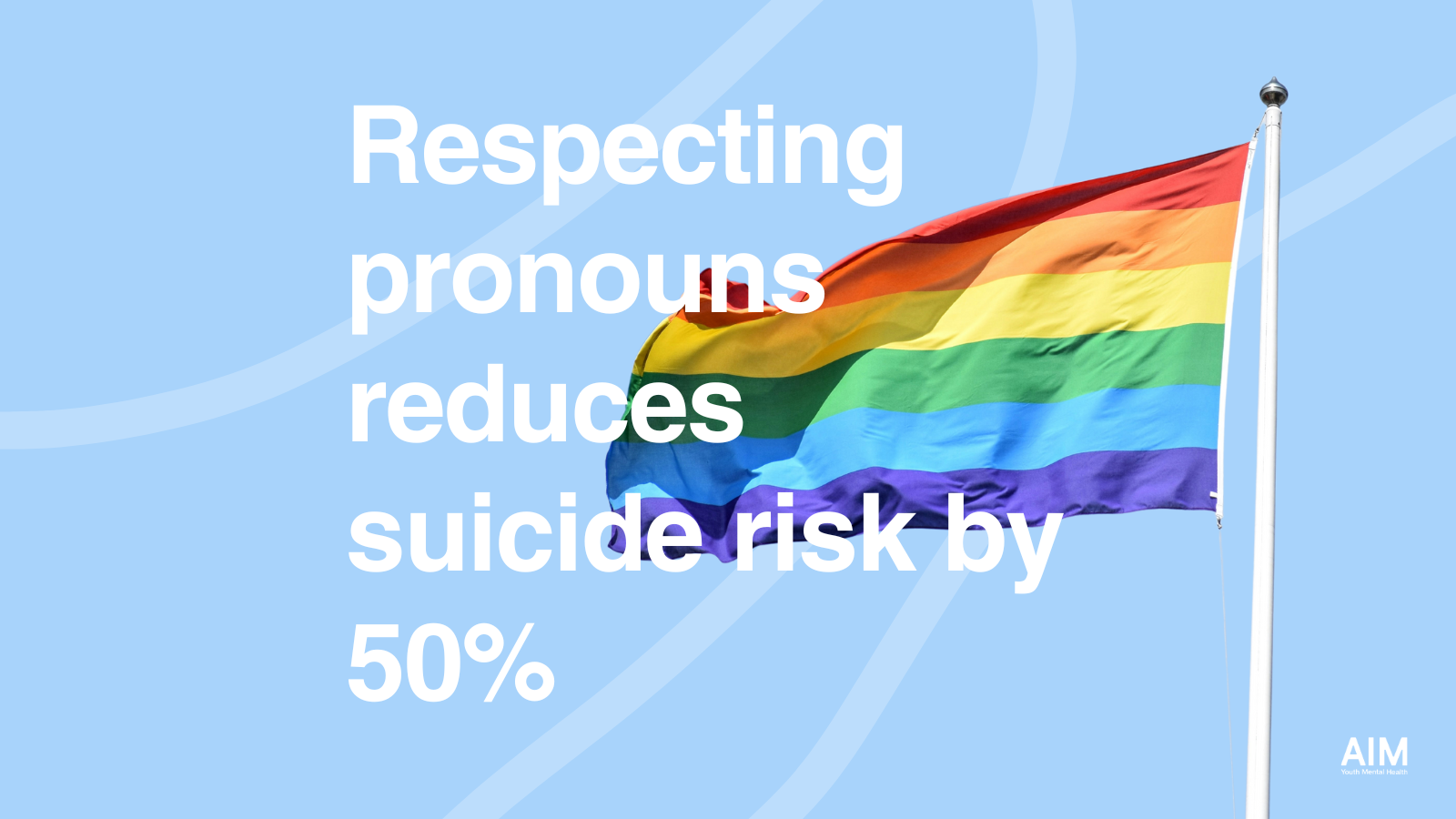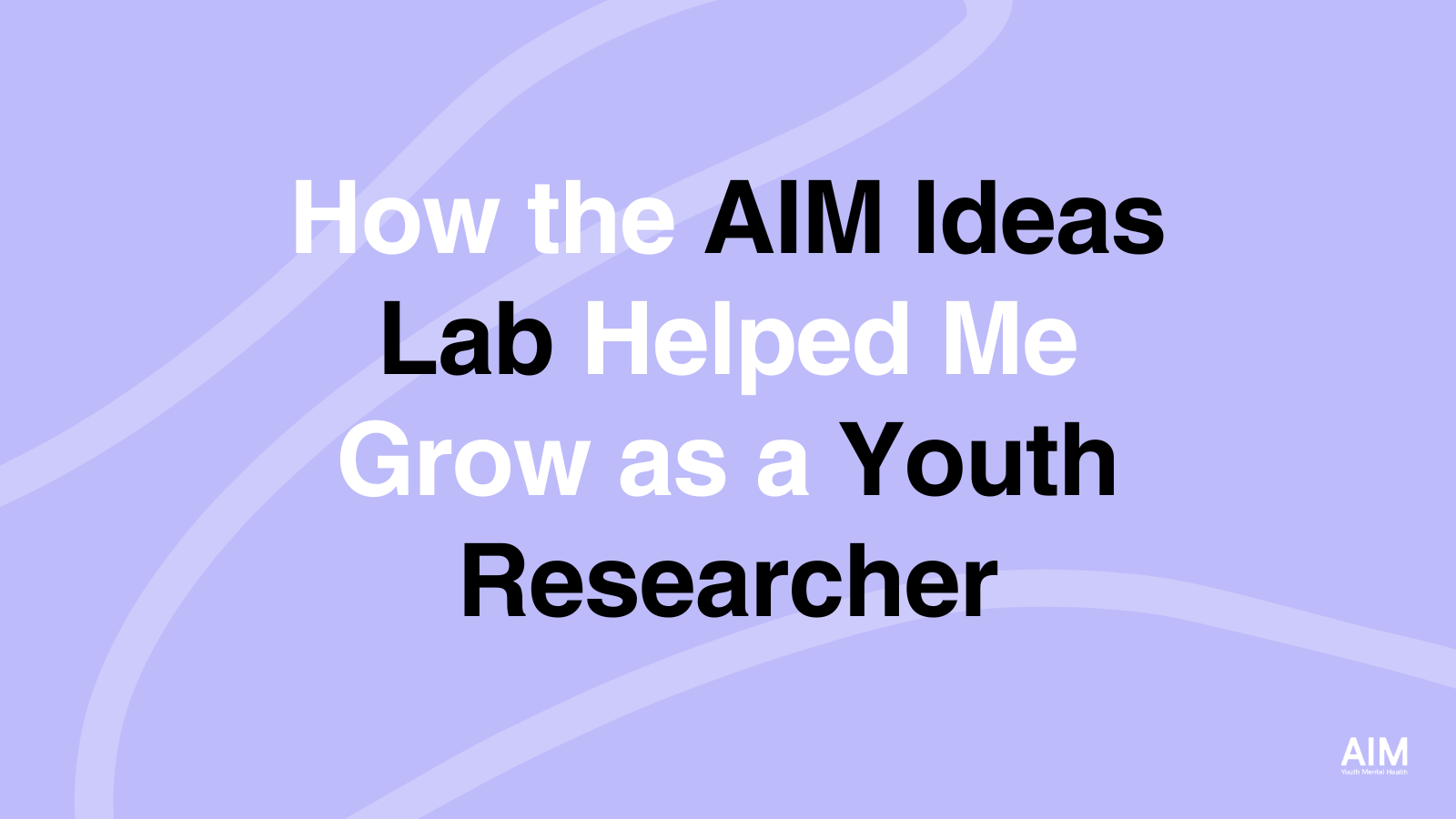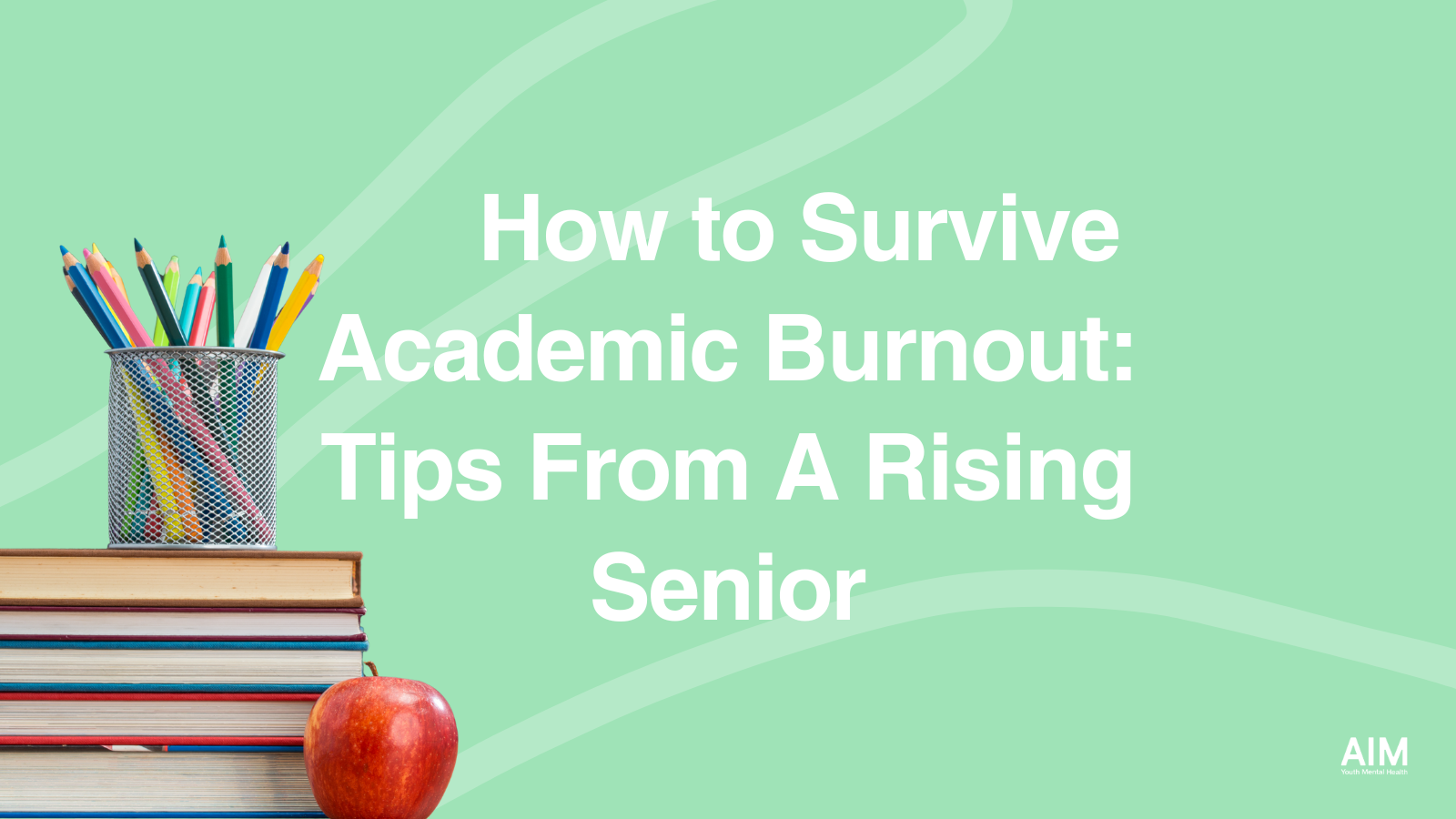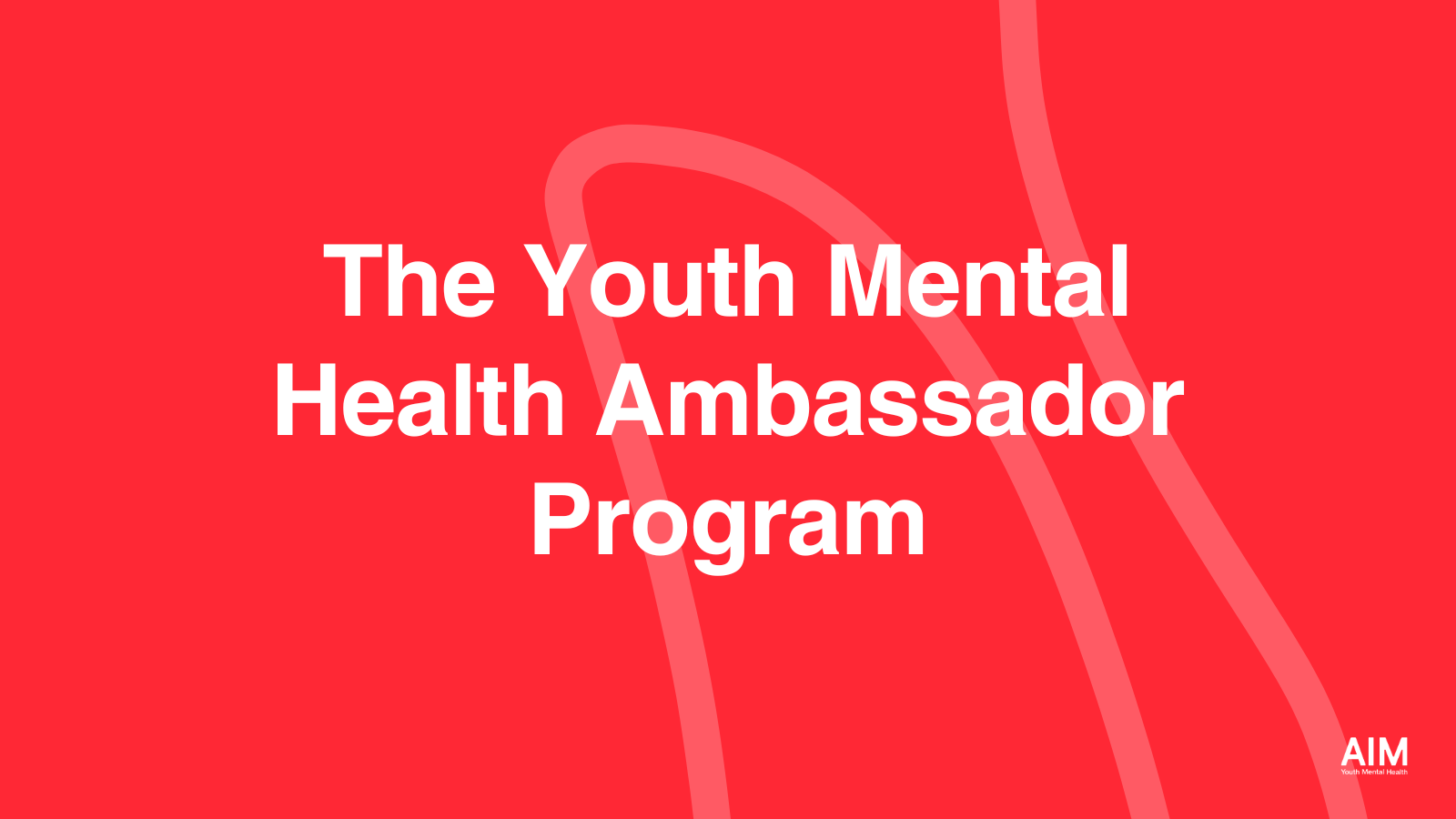Policies, practices, and how we treat each other directly impact queer youth’s mental health. Candidly, creating the space for these youth to feel seen, safe, and valid in their lived experience is life-saving.
Each year, The Trevor Project conducts a National Survey on the Mental Health of LGBTQ+ Young People that amplifies the experiences of +18,000 queer young people across the U.S. ages 13-24. This year, it’s sixth year, the results revealed a significant association between anti-LGBTQ+ victimization and disproportionately high rates of suicide risk. And more harrowingly, that most struggle to access the mental health care they need.
This survey provides data-driven solutions to support LGBTQ+ youth in our lives based on their own feedback and the potentially life-saving benefits of creating affirming spaces and communities. In this toolkit, we’ll showcase those solutions and tools to help nurture an environment where queer youth mental health can thrive.
Understand The Mental Health Impacts
To really get down to it, supporting queer youth is life-saving.
The Minority Stress Model, one of the most predominant theories used to explain mental health disparities experienced by LGBTQ+ individuals, suggests that experiences of LGBTQ+ based victimization—and the internalization of these experiences and anti-LGBTQ+ messages—can compound and produce negative mental health outcomes and increase suicide risk among LGBTQ+ individuals.
In fact, transgender and nonbinary young people attempt suicide less:
- When their pronouns are respected
- When they are allowed to officially change the gender market on their legal documents
- When they have access to spaces (online, in school, at home) that affirm their gender identity
A 2021 peer-reviewed study by The Trevor Project’s researchers, published in the Journal of Adolescent Health, found that gender-affirming hormone therapy is significantly related to lower rates of depression, suicidal thoughts, and suicide attempts among transgender and nonbinary young people. Gender-affirming medical care, such as hormone therapy, is associated with positive mental health outcomes including showing promise for reducing suicide risk.
A 2022 peer-reviewed study by The Trevor Project, published in the International Journal of Environmental Research and Public Health, found that trans and nonbinary young people who had changed their legal documents reported significantly lower rates of attempting suicide in the past year compared to those who had not.
Be Informed
Building a world where LGBTQ+ youth envision a bright future for themselves starts with visible allies; and in an on-the-nose analogy for life, supporting queer youth starts with personal accountability.
Seek out resources proactively that allow you to engage in thoughtful conversation with queer youth on their lived experiences and the intersectionality of each youth’s experience. The responsibility is on adults to fill in any gaps in understanding the myriad of perspectives of LGBTQ+ young adults—as opposed to relying on them to educate you.
The Trevor Project has great resources and guides to get you started, including:
- Being An Ally to Transgender & Nonbinary Young People
- Black & LGBTQ+: Approaching Intersectional Conversations
- LGBTQ+ Mental Health Resources
- Preventing Suicide Amongst LGBTQ+ Young People
Treat Youth’s Autonomy With Respect
Ultimately, being an ally to queer youth means refraining from making assumptions about people’s gender or sexuality in general; and respecting their communication to you about their identity.
Transgender and nonbinary youth who reported having pronouns respected by all or most people in their lives attempted suicide at half the rate of those who did not have their pronouns respected.
Student recommendations from AIM’s Ideas Lab echo this sentiment of autonomy. Just some suggestions from this year’s cohort include:
- Foster open and non-judgmental dialogue with teens to create a safe space for discussing mental health challenges and seeking support.
- The most important thing we can give teenagers is a safe space for listening. Sometimes teenagers want to be comforted, sometimes they want solutions. It’s all about knowing which one to give.
This has been further reiterated by queer youth for quite some time. In one 2012 survey conducted by the Human Rights Campaign on +10,000 LGBTQ+ youth, a survey responded said, “adults can help by being understanding.” By doing so, adults can create safe spaces for young people to express their authentic selves and un-mute their self expression.
In a day in age where 90% of LGBTQ+ young people said their well-being was negatively impacted due to recent politics, creating a safe environment for the next generation is more paramount than ever.
If you’re lost at where to start, begin with getting trained in Youth Mental Health First Aid! In this skills-based training, adults learn to identify, understand, and respond to an adolescent (ages 12-18) who might be experiencing a mental health or substance use challenge. Learn to recognize and respond to mental health experiences in young people, creating a community where youth can grow in mentally healthy adults.
____________________________________
About the Author
Meadowlark Monaghan (she/hers) is a consultant using her knowledge gained as a mental health professional to act as a liaison between brands, creators, + online communities with the field of psychology and mental health. She also co-hosts the personal development podcast, Thoughts May Vary. Her work has been seen with Madhappy, Local Optimist, The Mayfair Group, Lonely Ghost, AIM Youth Mental Health, NAMI San Diego and more.





